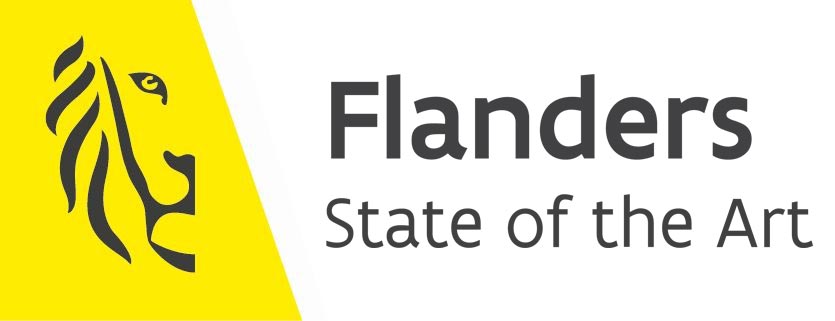Services
Tailor-made FME solutions
Nordend proudly presents the FME software suite, the gold standard for spatial data transformation and integration. Suitable for a range of professionals, from geospatial analysts to IT experts, FME provides a comprehensive solution to data integration challenges.
Our offers include FME Form for developing the processes of data transformation, FME Flow for automating data integration, and FME Flow hosted, combining automation and the flexibility of cloud services. As an authorized FME Reseller, Nordend offers expert guidance, quality training, unwavering support, and tailored solutions to meet your unique data needs.
Our team is committed to helping organisations utilising data integration to drive their business forward using FME solutions.
KLIP & IMKL
KLIP (Kabel en Leiding Informatie Portaal) is the online platform in Flanders, Belgium, designed to prevent damages to underground utilities. It functions as a Call Before You Dig (CBYD) system. When individuals or companies plan to carry out excavation work, they must submit their digging plans to KLIP.
IMKL (InformatieModel Kabels en Leidingen) is a standardised information model for representing underground infrastructure, such as cables and pipes, used in Belgium and the Netherlands. It promotes safety and reduces service disruption risks by aiding in the accurate mapping of utilities like gas, water, electricity, and telecommunications.
As a critical part of GIS (Geographic Information Systems), IMKL links physical objects to their geospatial information, facilitating detailed and precise mapping of underground infrastructure. It supports geospatial operations such as location-based queries, spatial relationship identification, and spatial analysis.
Based on international standards like INSPIRE, and aligning with Belgian and Dutch models, IMKL ensures interoperability with other geospatial data systems. It serves as a pivotal link between physical infrastructure and digital geographical data, enabling efficient data management and effective decision-making.
OTL
Object Type Library (OTL) is a collection of asset types used for consistent understanding and usage of data in various applications. OTLs standardise real-world entities such as geographical or geospatial data, for instance, locations, city boundaries, or the coordinates of a forest fire.
These standards are crucial for applications like mapping software, urban planning tools, or disaster response systems, allowing them to interpret and use the data accurately and without ambiguity. OTLs play a key role in Geographic Information System (GIS) technologies by providing a uniform method of describing and handling geospatial data.
They also promote data interoperability between different systems, ensuring efficient data sharing and collaboration. Therefore, OTLs are essential in maintaining consistency, accuracy, and clarity in the management, interpretation, and interoperability of geospatial data across multiple platforms.
GIS
Geographic Information Systems (GIS) offer endless possibilities from data visualisation, spatial analysis, data management to trend prediction and informed decision-making. As societies become more complex and data-driven, the importance and potential of GIS are set to increase.
It uses two types of data: spatial data representing physical locations and attribute data providing additional details about these geographical features. GIS is instrumental in storing, retrieving, managing, displaying, and analysing geospatial data, allowing for a detailed understanding of on-the-ground situations and better decision-making.
The system’s power lies in transforming raw data into valuable insights, providing advanced analysis, and creating visually appealing maps for easy understanding.
Geospatial solutions by Nordend
Geospatial data or geographic information is a type of data that identifies the location and characteristics of natural or constructed features on Earth. It can take various forms such as points, lines, polygons, and it can represent simple coordinates or complex structures like a country’s transportation network.
This data, when fed into a Geographic Information System (GIS), allows users to visualise, manipulate, and analyse the data to create maps, models, and carry out predictive modelling. It’s essential in decision-making processes in numerous fields including urban planning, disaster management, navigation, environmental management, and public health.
Leveraging geospatial data with the help of Nordend can drive decision-making processes and enable resource-effective management for businesses and individuals.

Red Academy
Nordend has been part of the RED Academy since 2023. The purpose of this Dutch-language platform is a concrete step towards more FME knowledge, by sharing it between users. We come up with a solution that is accessible to everyone, regardless of organization or level.
Since 2019, we have been using our FME experience to train dozens of FME users of all levels to become experts in the field of data transformation and automation. Now we go beyond training and come up with one complete solution that will further support your FME use.


